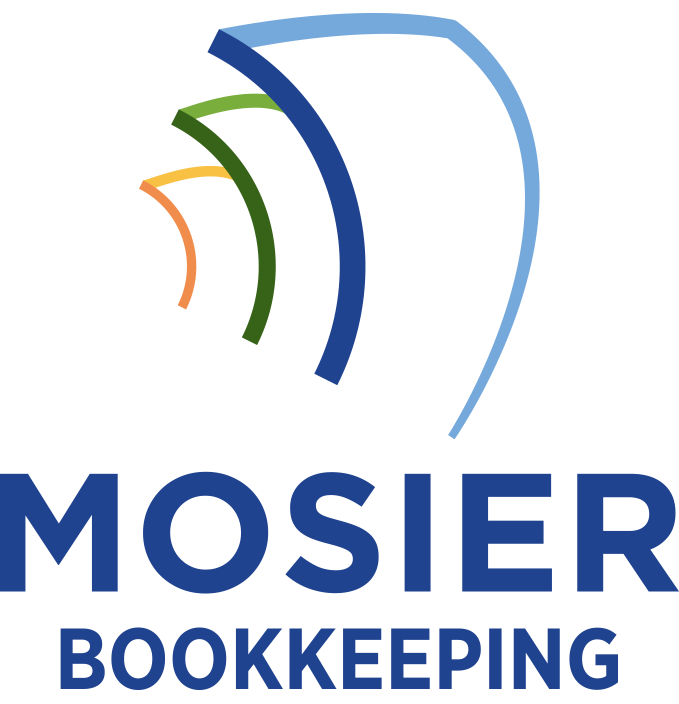To handle bookkeeping for high sustainability costs, I recommend establishing dedicated ledger accounts that separate environmental investments from general operating expenses. You’ll need to track both direct costs (like renewable energy installations) and indirect expenses (such as certification fees) while implementing specific cost codes for carbon offsets and compliance. I suggest using digital systems to monitor real-time sustainability metrics and leverage tax incentives. The following strategies will help you maximize ROI while maintaining robust ESG reporting standards.
Identifying and Categorizing Sustainability-Related Expenses

The identification and categorization of sustainability-related expenses requires a systematic approach to capture all costs associated with environmental initiatives. I recommend establishing distinct ledger accounts for green energy investments, waste reduction programs, and eco-friendly equipment upgrades. You’ll need to track both direct costs like renewable energy installations and indirect expenses such as sustainability certification fees.
I suggest implementing specific cost codes for carbon offset purchases, environmental compliance, and sustainable material sourcing. By separating these expenses from general operating costs, I can help you monitor your sustainability ROI and leverage these investments for tax benefits and ESG reporting.
Tracking Environmental Compliance and Certification Costs
Building on these sustainability expense categories, environmental compliance and certification costs demand meticulous tracking methods within your accounting system. I recommend creating dedicated ledger accounts for regulatory fees, compliance audits, and certification renewals. You’ll need separate line items for ISO 14001, carbon credits, and industry-specific environmental permits.
I’ve found that linking these costs to specific compliance deadlines in your accounting software guarantees timely payments and renewals. Track both direct certification expenses and indirect costs like staff training and documentation. This systematic approach helps you leverage environmental investments for tax benefits while maintaining precise compliance records for stakeholder reporting.
Managing Tax Incentives and Green Investment Credits

Several major tax incentives exist for businesses investing in sustainable practices, requiring strategic documentation and timing of green investments. I’ll help you maximize these opportunities by properly tracking eligible expenditures and credits.
- Energy-efficient building improvements qualify for up to 30% tax deduction
- Solar and wind installations generate Investment Tax Credits (ITC)
- Electric vehicle fleet shifts earn substantial federal rebates
- Carbon offset investments provide tax-advantaged depreciation
- Green technology R&D expenses qualify for enhanced write-offs
I recommend creating dedicated ledger accounts for each category of green investment to guarantee proper documentation for tax filings. Tracking these separately helps validate compliance requirements and optimizes your return on sustainable initiatives.
Setting Up Digital Systems for Sustainability Metrics
Modern sustainability tracking demands robust digital infrastructure to measure environmental impact across operations. I recommend implementing an integrated software platform that connects your accounting system with real-time sustainability metrics. You’ll need modules for carbon footprint calculation, waste management tracking, and resource consumption monitoring.
I’ve found that cloud-based solutions with API capabilities deliver the most value, enabling automated data collection from IoT sensors and utility meters. Configure your dashboard to display key performance indicators like energy efficiency ratios, water usage patterns, and emissions data. This empowers you to make data-driven decisions while maintaining precise documentation for regulatory compliance.
Financial Reporting Strategies for Environmental Investments

To effectively report environmental investments, businesses must develop specialized documentation frameworks that capture both financial outlays and projected sustainability returns. I’ll show you the essential elements needed to strategically track and report these investments.
- Implement separate cost centers for each sustainability initiative
- Create ROI projections that factor in carbon credits and tax incentives
- Document direct correlations between green investments and operational savings
- Develop custom KPIs that quantify environmental impact in financial terms
- Structure reporting to align with global ESG standards
This framework enables you to demonstrate clear value creation while maintaining compliance with emerging sustainability regulations. I recommend integrating these elements into your existing financial reporting systems.









